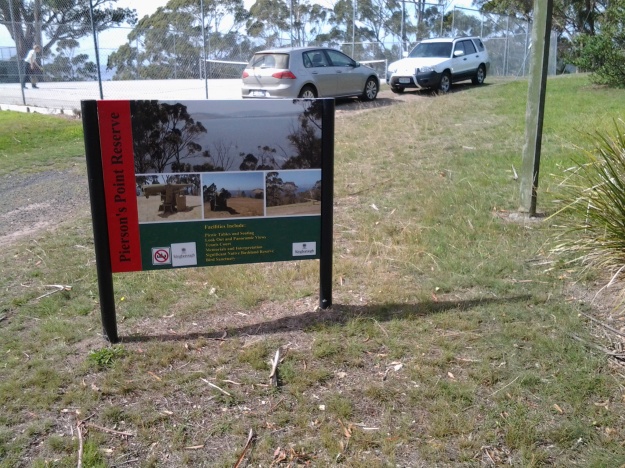My walk along the Derwent River started at its eastern shore mouth, at Cape Deliverance opposite the Iron Pot. I walked inland along the river’s edge, crossed the bridge at Bridgewater and walked back to the mouth on the western shore.
My blog posts referred to that mouth as Pearson’s Point. That name was an error. The location was Pierson’s Point, as was clearly apparent in one of the photos I included in the blog posts. How could I have got it so wrong! Thankfully, the error has been drawn to my attention and you can now revisit the blog posts knowing I reached Pierson’s and not Pearson’s Point. The two blog posts that contain the outstanding error are titled:
How could I have got it so wrong! Thankfully, the error has been drawn to my attention and you can now revisit the blog posts knowing I reached Pierson’s and not Pearson’s Point. The two blog posts that contain the outstanding error are titled:
- A new milestone marking the 13th stage of my walk along the Derwent River: I reached the mouth on the western shore. Whoopee Doo!!
- Finally I reached the mouth of the Derwent River on the western shore at Pearsons Point
Pierson’s Point was named after a Benedictine chaplain, Dom or Abbe Ambroise Pierson (1765–94) who assisted conscientiously in essential astronomical work. He undertook this work while travelling on board the l’Espérance, a companion vessel to explorer Bruni d’Entrecasteaux’s La Recherche vessel. In 1792 (note the first European settlement by the Derwent River edge at Risdon did not take place until 1803) these French vessels sailed through what has since been named, the D’Entrecasteaux Channel. As a civilian astronomer, Pierson kept journals recording the readings from the chronometers along with astronomical calculations to determine longitude and workbooks comparing the two.
Ambroise Pierson, the 26 year old astronomer who remained after (Abbe Claude) Bertrand’s departure at the Cape (Town), was a Benedictine whose community, in which he had taught mathematics, had been dissolved during the Revolution. He joined the Esperance as a chaplain-astronomer on a salary of 2400 livres. His loyalty to the civil constitution of the clergy seems not to have affected his relations with the traditionalists aboard; he was to be one of the most widely respected amongst the savants. (Looking For La Pérouse by Frank Horner Melbourne Univ. Publishing, 18 Oct 2016)
